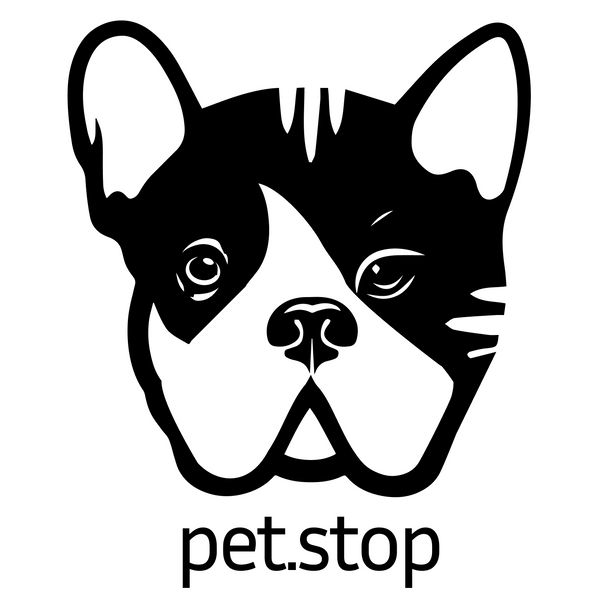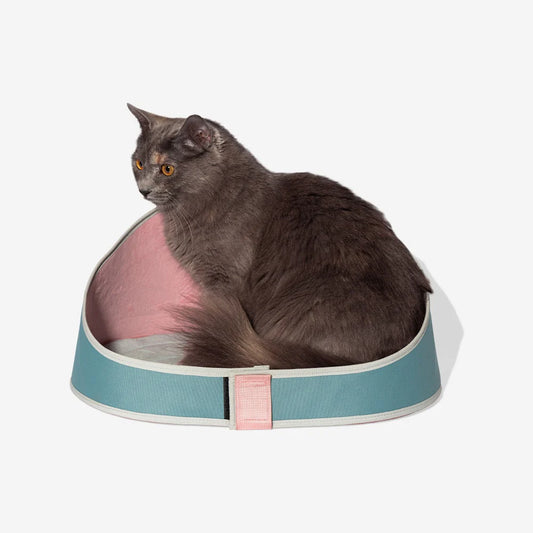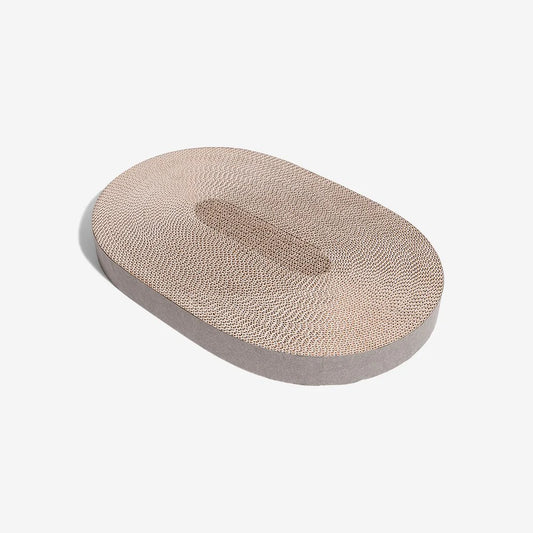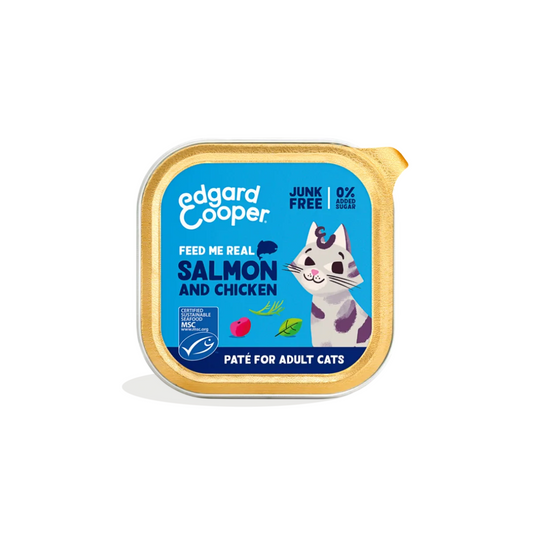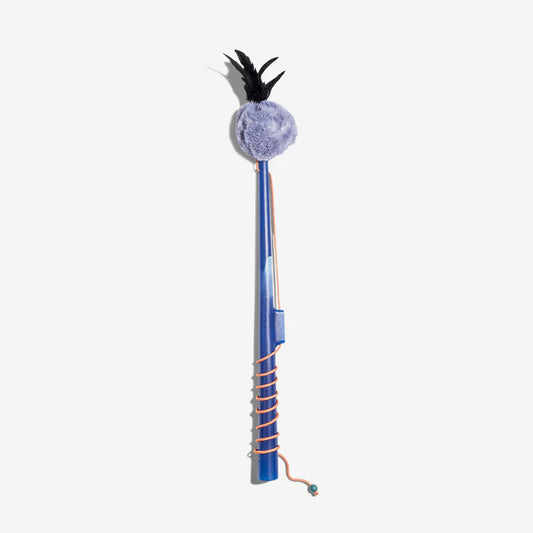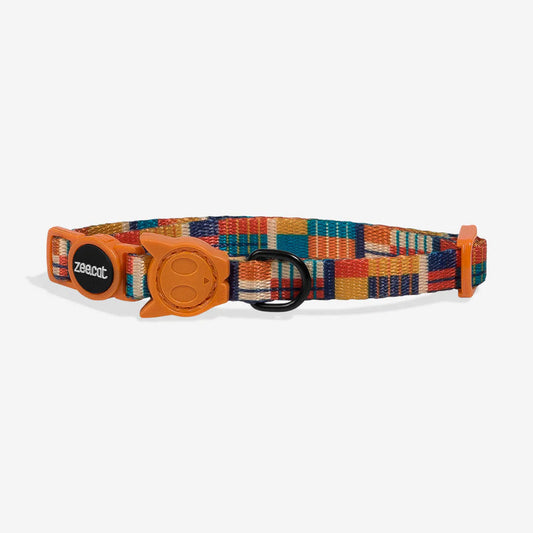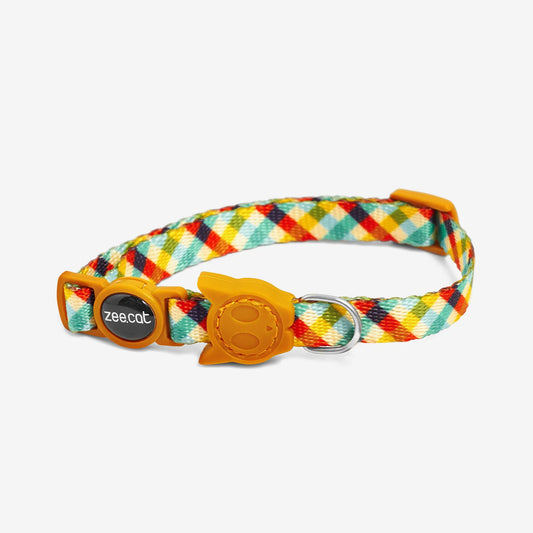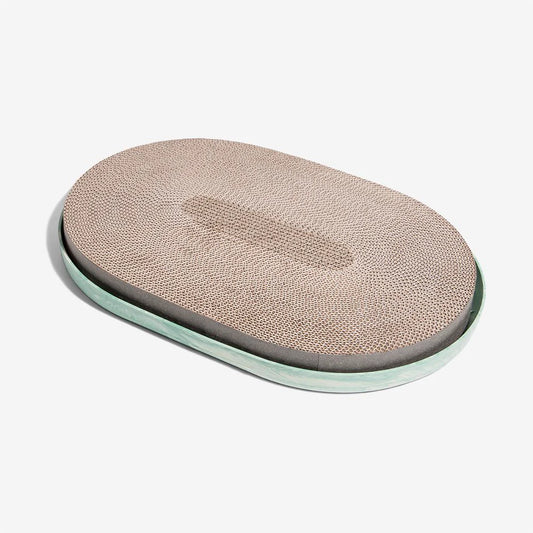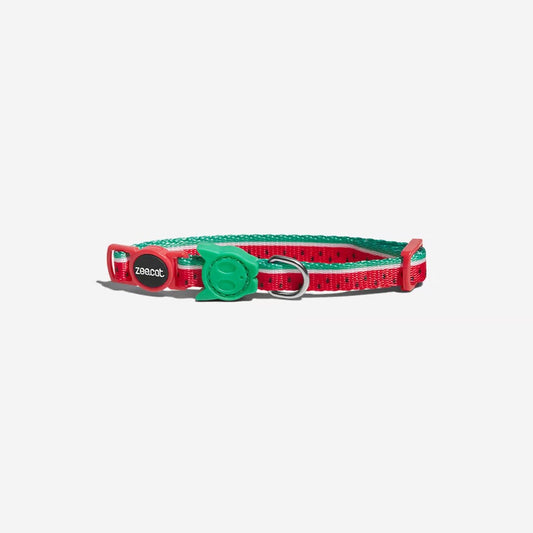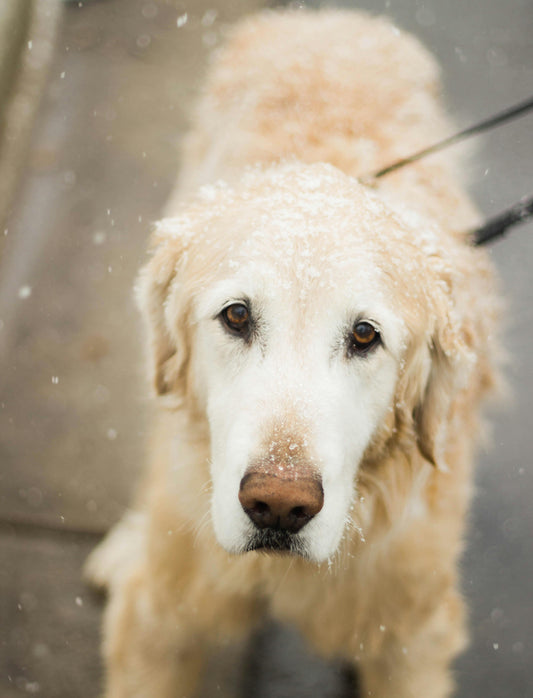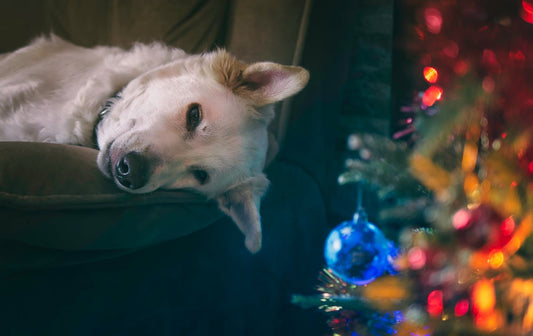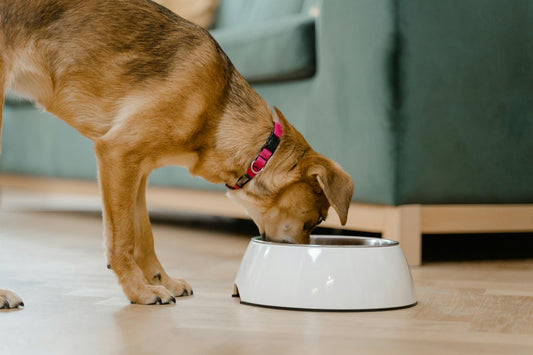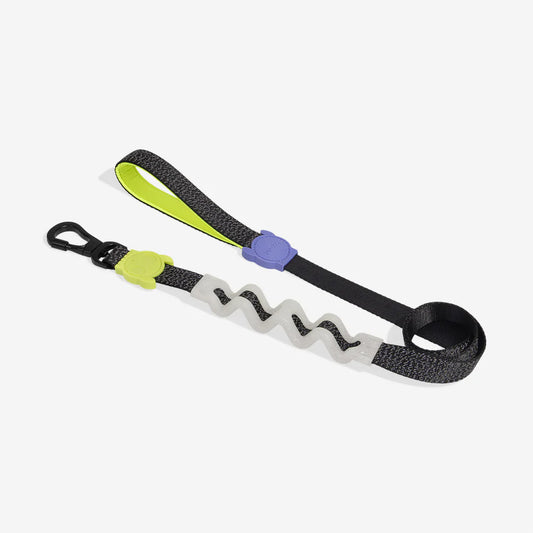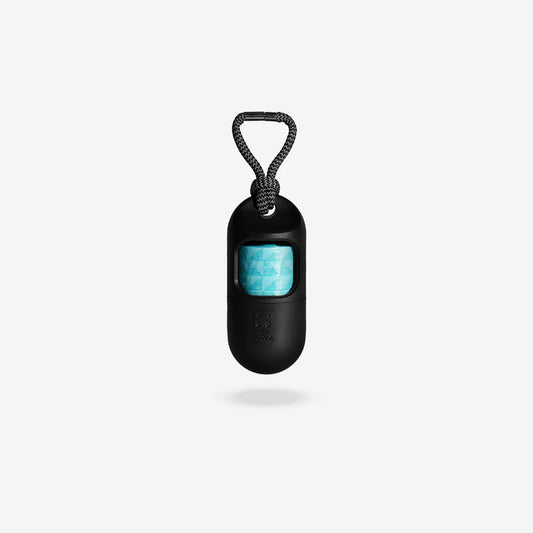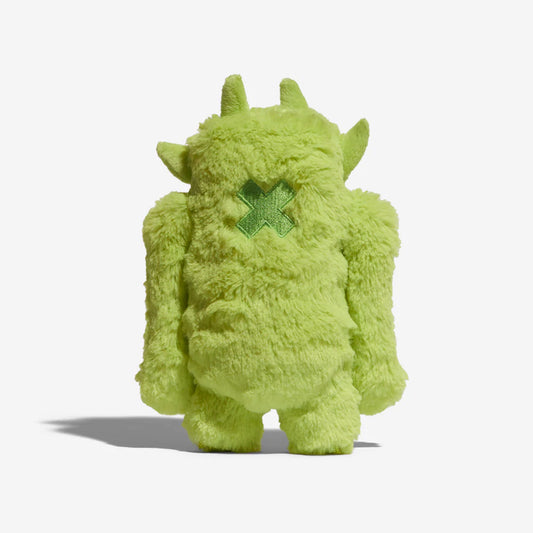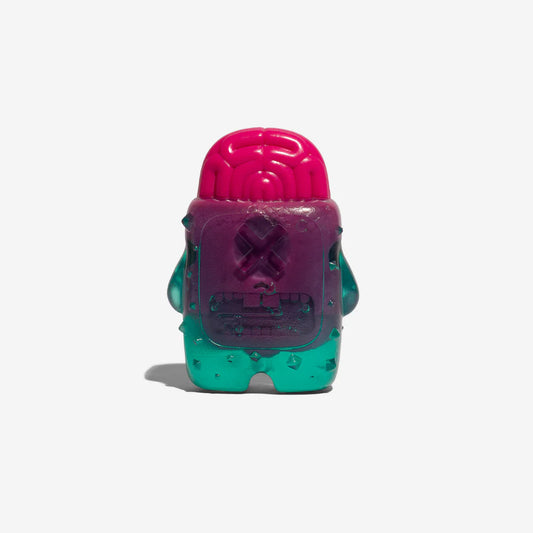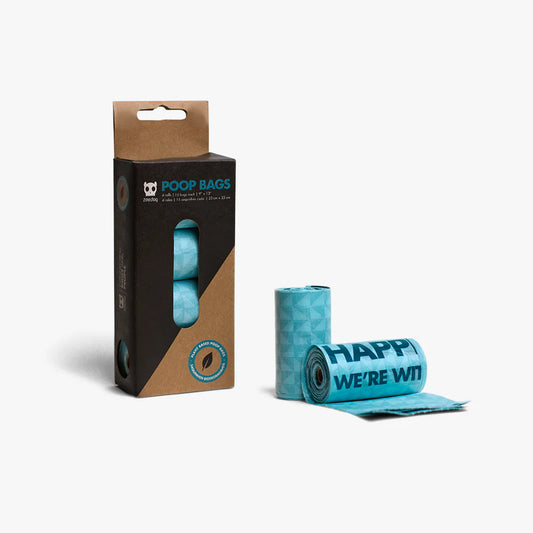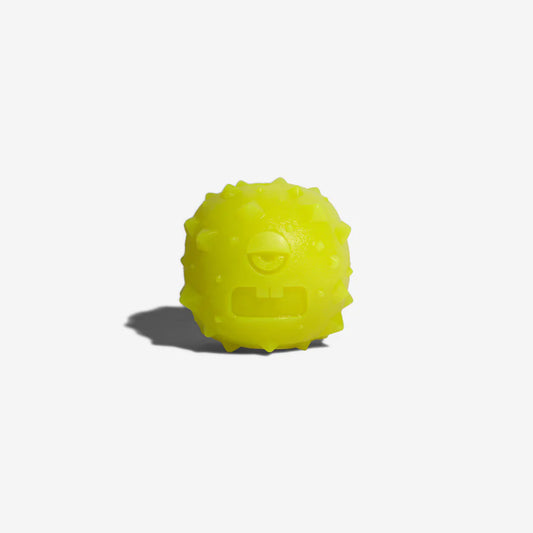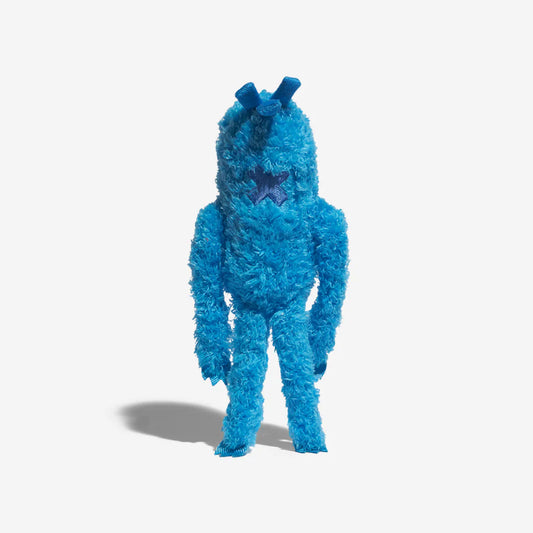When bringing a new baby home, pet owners may face the challenge of introducing their furry family members to the new addition. This can be a stressful time for both the pet and the parents, as they want to ensure that their pet will accept the new baby and that everyone will be safe and happy. Proper preparation and introduction can make all the difference in helping pets adjust to the new family member.
Pets may feel anxious or overwhelmed by the new sights, smells, and sounds that come with a new baby. It's important for pet owners to prepare their pets for the arrival of the new baby by gradually introducing them to new stimuli, such as baby sounds and smells. Additionally, pet owners should consider the pet's behavior and personality when preparing for the introduction. For example, a pet that is easily excitable or nervous may require extra preparation and training.
Proper introduction of the new baby to the pet is also crucial. Pet owners should ensure that their pet is calm and relaxed before introducing them to the baby. It's important to supervise all interactions between the pet and the baby, and to never leave them alone together. With patience and preparation, pet owners can successfully introduce their pets to their new baby and create a happy and safe home for everyone.
Preparing Your Home
Bringing a new baby home to your pet can be a big adjustment for everyone in the household. It's important to prepare your home and your pet for the arrival of your new bundle of joy. Here are some tips for pet-proofing your home, creating separate spaces, and introducing baby items to your pet.
Pet-Proofing for Safety
Before your baby arrives, it's important to make sure your home is safe for both your pet and your baby. Some ways to pet-proof your home include:
- Keeping small objects that your pet could swallow out of reach.
- Securing loose cords and wires to prevent your pet from chewing on them.
- Installing baby gates to keep your pet out of certain areas of the house.
- Keeping cleaning supplies and other hazardous materials out of reach.
Creating Separate Spaces
It's important to create separate spaces for your pet and your baby. This will help your pet adjust to the new addition to the family and prevent any accidents or injuries. Some ways to create separate spaces include:
- Setting up a designated area for your pet, such as a crate or bed, where they can go to relax and feel safe.
- Designating a separate room or area for your baby where your pet is not allowed.
- Teaching your pet to stay off of furniture and baby items.
Introducing Baby Items to Pet
Before your baby arrives, it's a good idea to introduce your pet to some of the baby items that will be in the house. This will help your pet get used to the new smells and sounds associated with your baby. Some ways to introduce baby items to your pet include:
- Playing baby sounds and videos for your pet to get used to the sounds of a baby crying and cooing.
- Letting your pet sniff and explore baby items, such as blankets and toys, under supervision.
- Gradually introducing your pet to the baby's room and items, such as the crib and changing table.
By pet-proofing your home, creating separate spaces, and introducing baby items to your pet, you can help ensure a smooth transition for everyone in your household.
Introducing Your Pet to the New Baby
Bringing a new baby home is an exciting time for parents, but it can be a stressful time for pets. It is important to prepare your pet for the arrival of a new family member and to introduce them to the baby in a positive and safe way.
First Meeting Strategies
The first meeting between your pet and the baby is crucial, and it is important to approach it with caution. One strategy is to allow your pet to sniff the baby's blanket or clothing before the baby is introduced. This can help your pet become familiar with the baby's scent. Another strategy is to introduce your pet to the baby from a distance, such as through a baby gate or while holding the baby.
Reading Pet's Body Language
It is important to read your pet's body language during the first meeting and subsequent interactions with the baby. Signs of anxiety or stress in pets include panting, pacing, and avoiding eye contact. If your pet shows signs of anxiety or aggression towards the baby, it is important to separate them immediately.
Supervised Interactions
All interactions between your pet and the baby should be supervised. It is important to never leave your pet and baby alone together, even for a moment. It is also important to teach your pet how to behave around the baby, such as not jumping up or getting too close.
Establishing a Routine
Establishing a routine for your pet and baby can help them adjust to each other's presence. This can include feeding your pet and baby at the same time or allowing your pet to be near the baby during playtime. It is also important to give your pet plenty of attention and exercise to prevent them from feeling neglected.
By following these strategies and tips, you can help your pet and baby form a positive and safe relationship. Remember to always approach interactions between your pet and baby with caution and to never leave them alone together.
